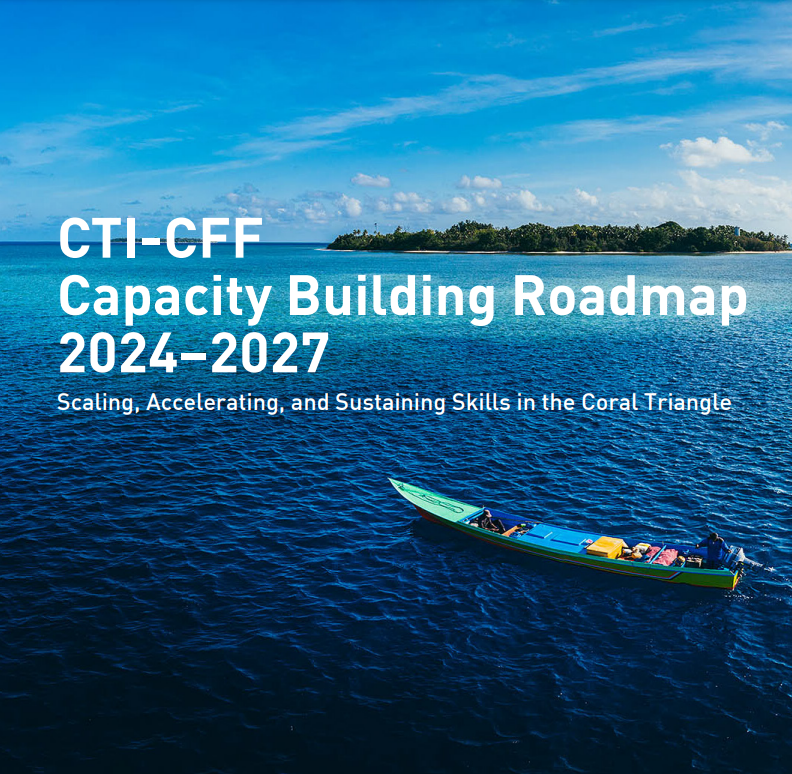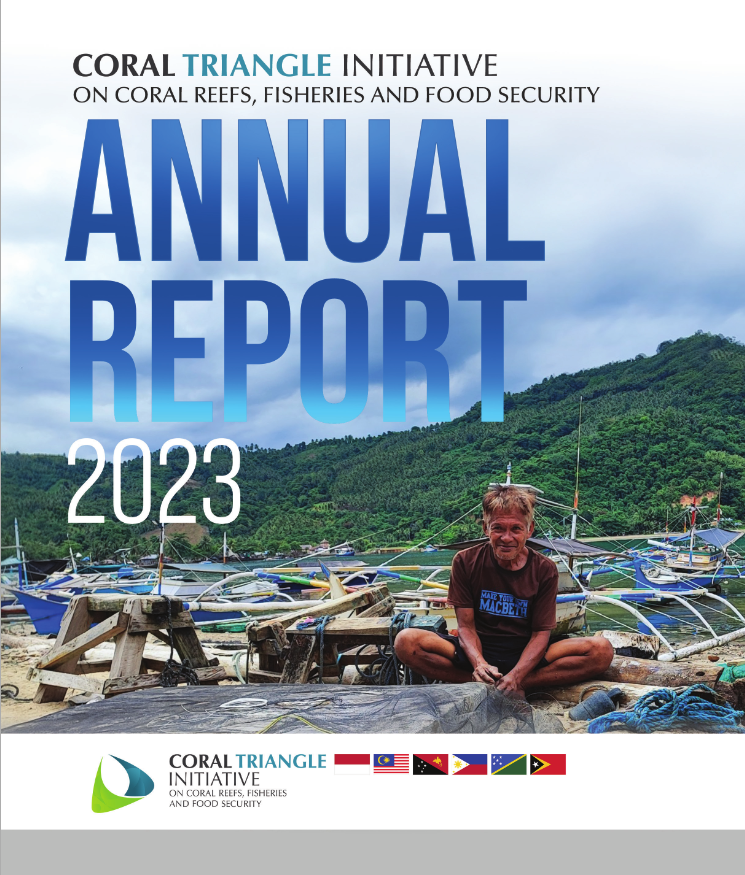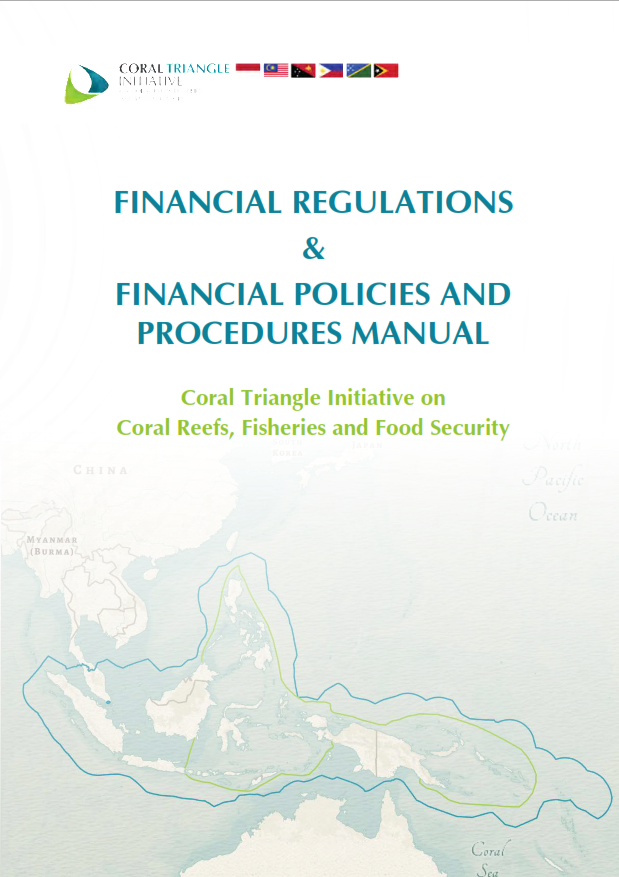Coral Triangle Reefs Designated for Protection Approaches CTI-CFF Target in Size but Management Still Lagging Behind -- report
The total area of coral reef habitats in the Coral Triangle that are legally protected has reached nearly 8,000 square kilometers, just shy of the CTI-CFF target for 2020, but only a small fraction of these reef areas is truly effectively managed, the journal Coastal Management (external link) reports in a recent special edition.
These findings are based on what the report’s authors say was the most current set of marine protected area (MPA) data in the CT Atlas (external link) at the time of writing of the report. The CT Atlas, a web-based database and information system developed to improve the use of spatial data in coastal and marine management in the Coral Triangle, has compiled some of the most consistent and “the most accurate count and area of MPAs” in the region, the authors note.
The 1,972 MPAs recorded in the Atlas cover at least 200,881 square kilometers of marine area, of which 7,757 square kilometers are coral reef habitats representing about 17.8% of the total reef area in the region. “At face value, this suggests that the regional target for critical habitat under some form of marine protected area (20%) is nearly achieved. The reality is that this figure of 17.8% of coral reef habitat within MPAs is misleading and needs qualifying, since, for example, as shown for the Philippines, only about 1% of its reef area is under truly effective protection,” the report reveals.
Bringing together for the first time a consistent set of current data on MPAs for the six Coral Triangle countries, the report reviews progress toward the establishment of MPAs in these countries, looking in particular at coverage of critical habitats, areas under effective management, and ways to improve management.
“The gap between nearly achieving 20% and only 1% of area effectively protected is the lack of ‘effectively managed MPAs,’” the report explains. “The other cause for this gap is the range of forms and sizes of MPAs in the region, many of which do not achieve their management objectives, and the small area covered by ‘no-take marine reserves’ for which the regional target is 10% of critical habitat.”
The authors offer three recommendations for improving and expanding MPAs in the region:
- Improving MPA management effectiveness – The planning, implementation and management of MPAs, regardless of the level or type of management, must consider the human communities and institutions that are usually the default decision-makers for resource utilization and protection, and must be sensitive to social, cultural and environmental contexts.
- Scaling up to resilient networks of MPAs – Networks improve habitat resilience by spreading risk for localized disasters, failures in management or other hazards, and help ensure the long-term sustainability of populations better than single sites. In the Coral Triangle countries, since economic use patterns and social, demographic and political constraints make it challenging to create one single large reserve of sufficient size to support viable (self-sustaining) populations of all species, establishing networks of several to many small-to-moderately sized reserves (0.5 km to several kilometers across) offers a good solution and helps to reduce the socioeconomic impacts without compromising conservation and fisheries benefits.
- Filling ecological gaps and increasing resilience and coverage of protection -- There is a need to systematically assess gaps in coverage using all existing data and state-of-the-art analysis tools (e.g., MARXAN and other spatial analysis tools) to determine what needs to be protected and where.
The publisher is offering free access to the full report until April 30, 2014. To avail of this offer, click here (external link).



